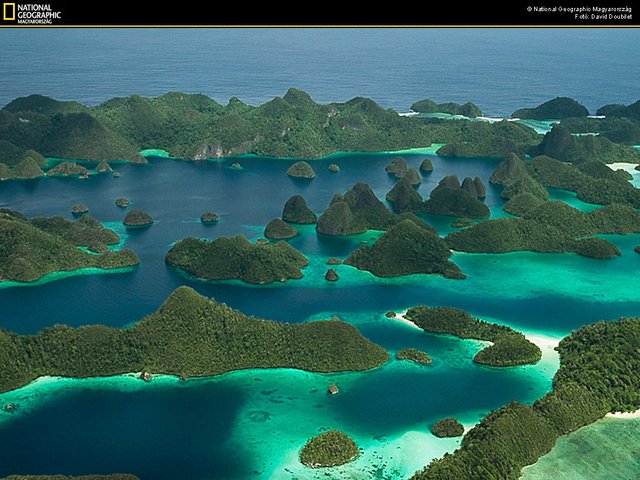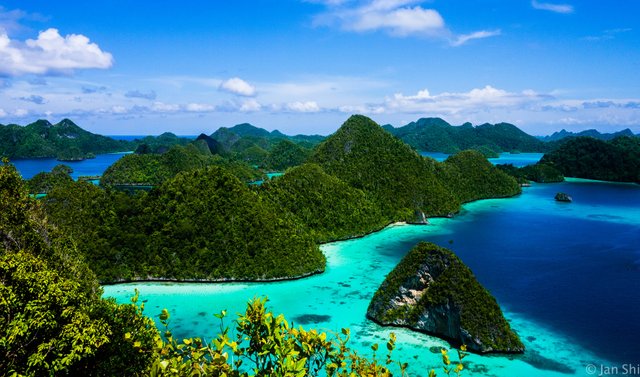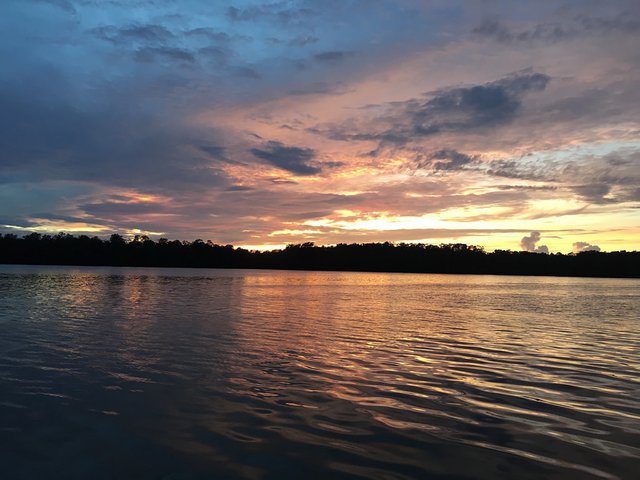Raja Ampat Islands Coral Triangle Center
The Raja Ampat epidemic located in the northwestern part of Papua Province has a land area of 9.8 million acres of land and sea. Seeing its position in the coral triangle region, right at the center of the world's coral reef diversity, the sea in the Raja Ampat Islands is indicated as the most biodiverse richest area in the world.
This vast and rich collection of coral reefs proves that coral reefs in the archipelago are able to withstand threats such as coral bleaching and disease, two types of threats that are now endangering the survival of coral reefs around the world. The strong ocean currents in Raja Ampat play an important role in spreading coral and fish larvae across the Indian and Pacific oceans to other reef ecosystems. Such capability is supported by its diversity and endurance level making this area a top priority for protection.
Research Proves the Highest Biodiversity in the World
In 2002, The Nature Conservancy (TNC) and other partners conducted a scientific study to obtain data and information on marine ecosystems, mangroves and forests of the Raja Ampat Islands. This survey shows that there are a total of 537 species of corals, which are amazing because they represent about 75% of the world's coral species. Also found 828 species of fish and estimated total fish species in this area 1,074. On land, the study found a variety of forest plants, endemic and rare plants, plants in limestone rocks and nesting beaches of thousands of turtles.
Human activities in these islands have not shown significant negative impacts compared to other coral reefs in Indonesia, but threats due to unsustainable practices such as bombs, toxic (cyanide), harvesting of turtle eggs and deforestation Do not pay attention to the aspects of sustainability is expected to disrupt the integrity of existing ecosystems. The Indonesian government has just established Raja Ampat area as an independent new district, which is a great opportunity for local people to manage Raja Ampat's natural resources for the future of their lives. The new government also offers an opportunity to take into consideration aspects of nature conservation in new district spatial planning.
Ensuring Conservation Activity with Partnership
Responding to the offer and simultaneously to assist the local government, TNC launched a work program aimed at protecting the Raja Ampat Islands with the government and the Raja Ampat community. The program aims to: 1) contribute an overall conservation action plan to protect coral reefs and forests of the Raja Ampat Islands; 2) help align the management of marine protected areas into long-term development planning and policies; And, 3) develop a network of marine protected areas.
The ultimate goal of TNC's presence in Raja Ampat is to protect the coral reefs of the Raja Ampat Islands, which at the same time is expected to ensure the lives of local people.



